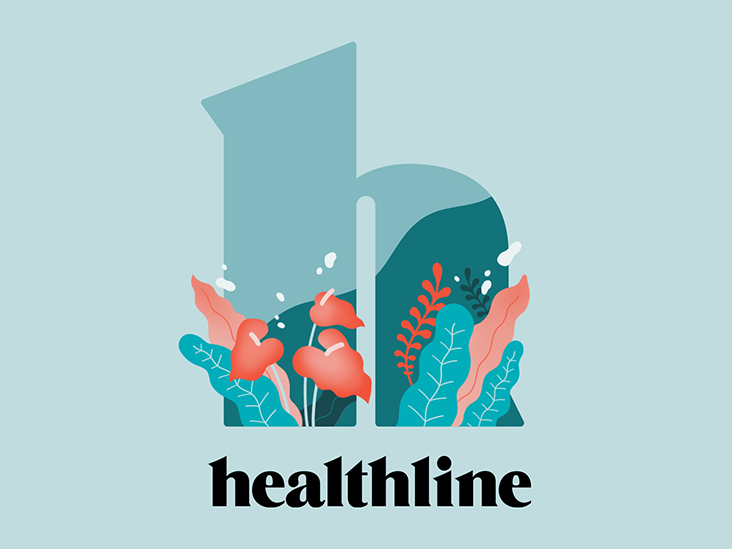Fitness
Why Are Girls Starting Menstruation Early? What the Research Says

- A new study finds that females born in the early 2000s started menstruating around 6 months earlier than those born during the 1950s and 60s.
- This trend is more pronounced in non-Hispanic Black people, Asians, and people of other or multiple races.
- Starting periods early is associated with an increased risk of disease later in life.
- While the increase in obesity and overweight partly explains this shift, there are likely multiple factors involved.
A recent study analyzed data from more than 71,000 females in the United States using the Apple Research App on their smartphones.
The findings, published May 29 in
Because age at menarche is a key indicator of health, this shift is concerning.
The researchers also found that age at menarche is now more likely to occur before the age of 11 years, which the authors class as “early” — increasing from 8.6% in the 50s and 60s to 15.5% of females in the early 2000s.
Similarly, the number of people starting their period “very early” — before 9 — more than doubled, rising from 0.6% to 1.4%.
On average, periods now take longer to become regular. In the 1950s and 60s, 76% of females attained a regular cycle within 2 years. This figure dropped to 56% in those born in the early 2000s.
These shifts in timing are particularly pronounced in people who are not white or in lower socioeconomic groups.
The timing of a female’s first period is not an arbitrary event; it is associated with increased disease risk later in life.
For instance, research
Beyond disease risk, females who experience early menarche are
Similarly, time from menarche to a regular cycle is another important marker of health. Females who take longer to reach regularity are more likely to experience reduced fertility and have a higher risk of developing chronic health conditions such as:
- diabetes
- high blood pressure
- elevated cholesterol
Females experiencing early menarche also have a higher rate of all-cause mortality.
In an
“Age at menarche […] and menstrual cycle regularity are two reproductive factors that reflect the overall health of a population.”
Sheryl Ross, MD, a board-certified OB-GYN and women’s health expert at Providence Saint John’s Health Center in Santa Monica, CA, who was not involved in the study, told Healthline how “periods are a barometer of a person’s overall health and wellness.”
“Having an earlier onset of menarche is associated with increased exposure to estrogen and other medical complications, including irregular periods, heart disease and stroke, breast cancer, and early death,” Ross said.
She explained how early puberty may be “associated with an increased risk of sexual abuse, depression, social anxiety, eating disorders, and substance abuse.”
According to the study’s authors, almost half of this change in timing — 46% — is due to the increased prevalence of childhood obesity in the U.S.
“The amount of body fat a young girl has is associated with the early onset of her first period,” Ross explained. “Being overweight or obese can bring on earlier menarche. The obesity epidemic affecting millions of children is, in part, a reason we are seeing earlier menarche.”
Body fat, also called adipose tissue, is
“In general, countries with a mean age of menarche above 12 years reflect populations facing undernutrition and higher infectious disease burden; countries with ages younger than 12 years reflect populations with overnutrition and higher risk for chronic diseases,” Houghton wrote in her editorial.
However, while the increasing weight of children in the U.S. plays an important role, it does not explain the whole picture.
Similarly, it does not explain why people from lower sociodemographic groups, Black, Asian, and people of other or mixed races are experiencing even greater changes in age at menarche.
Importantly, the authors of the recent study explain how previous research “showed that the biggest decrease in age at menarche occurred before the obesity epidemic in the U.S.”
In their paper, they outline some other potential explanations.
The researchers suggest that metals, endocrine-disrupting chemicals, or air pollutants may be partly to blame for the gradual drift in menarche.
For instance, some
In
“People in lower socioeconomic groups and of color are disproportionately affected by early menarche due to limited access to regular healthcare and education, higher rates of obesity, limited access to a healthy diet, higher levels of stress, and increased exposure to harmful environmental toxins,” Ross said.
Another factor that is likely involved in the move toward earlier menarche is diet.
Earlier
The sugar in soda triggers the release of insulin, which can influence levels of sex hormones. Although scientists do not understand the precise mechanism, with soda’s meteoric rise in popularity over recent decades, it is another likely culprit.
Aside from overweight and obesity, pollution, and diet, there may be also a role for
Ross offered some guidance for concerned parents of young females.
“Given the childhood obesity epidemic, parents can teach children to eat a healthy and balanced diet, avoid fast foods, high fat and high sodium foods, encourage regular exercise, and manage stress, as part of their normal daily routine,” she said.
“Communicating and educating your child on ways to eat well and commit to a healthy lifestyle at an early age promotes a life of wellness and healthy aging.”
A new study finds that the age of menarche is slowly shifting earlier in life, with almost twice as many females born in the early 2000s having a “very early” first period compared with those born in the 1950s and 60s.
This trend could have significant long-term health effects for this population.
Obesity and overweight are partly to blame, but other factors, including pollutants, socioeconomic factors, and structural racism also important variables to consider.










